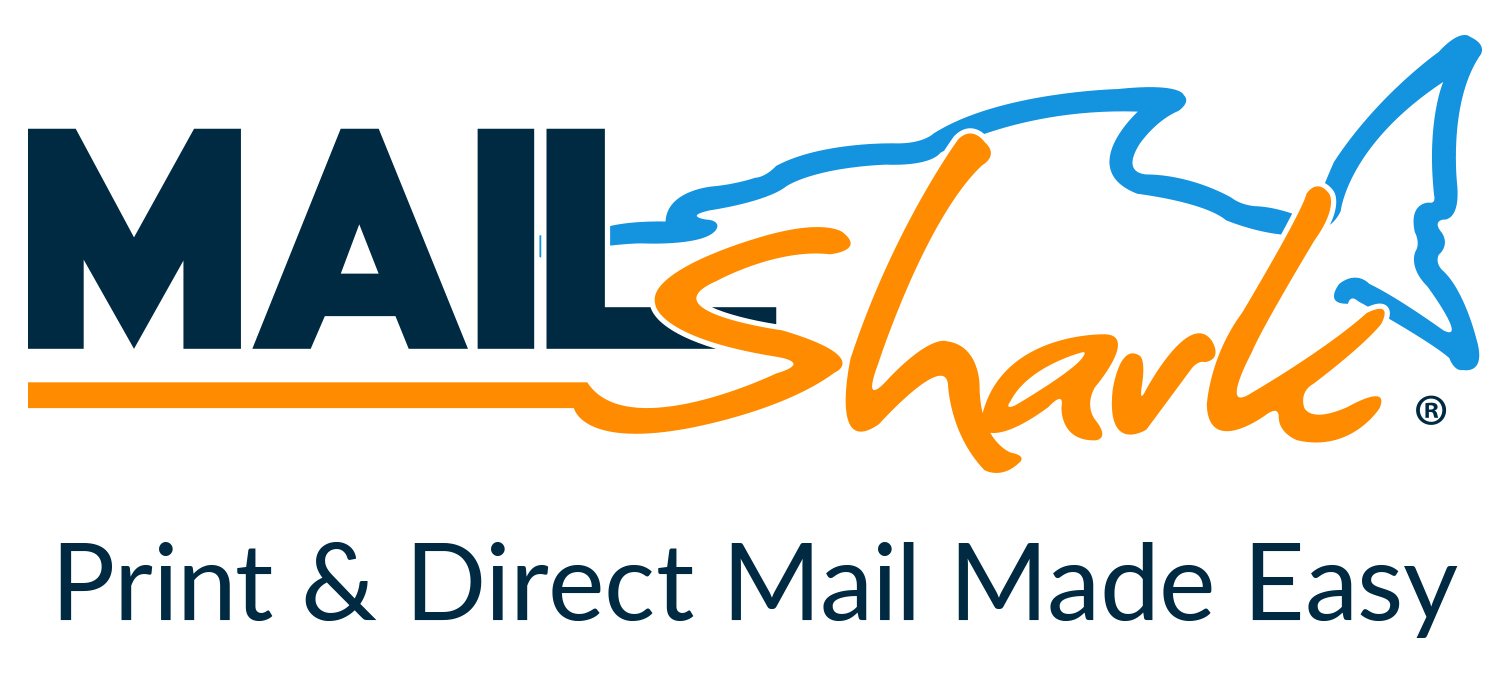-
Have you checked out Joe's Latest Blog?
-
By Joe Marconi in Joe's Blog5 commentsI recently spoke with a friend of mine who owns a large general repair shop in the Midwest. His father founded the business in 1975. He was telling me that although he’s busy, he’s also very frustrated. When I probed him more about his frustrations, he said that it’s hard to find qualified technicians. My friend employs four technicians and is looking to hire two more. I then asked him, “How long does a technician last working for you.” He looked puzzled and replied, “I never really thought about that, but I can tell that except for one tech, most technicians don’t last working for me longer than a few years.”
Judging from personal experience as a shop owner and from what I know about the auto repair industry, I can tell you that other than a few exceptions, the turnover rate for technicians in our industry is too high. This makes me think, do we have a technician shortage or a retention problem? Have we done the best we can over the decades to provide great pay plans, benefits packages, great work environments, and the right culture to ensure that the techs we have stay with us?
Finding and hiring qualified automotive technicians is not a new phenomenon. This problem has been around for as long as I can remember. While we do need to attract people to our industry and provide the necessary training and mentorship, we also need to focus on retention. Having a revolving door and needing to hire techs every few years or so costs your company money. Big money! And that revolving door may be a sign of an even bigger issue: poor leadership, and poor employee management skills.
Here’s one more thing to consider, for the most part, technicians don’t leave one job to start a new career, they leave one shop as a technician to become a technician at another shop. The reasons why they leave can be debated, but there is one fact that we cannot deny, people don’t quit the company they work for, they usually leave because of the boss or manager they work for.
Put yourselves in the shoes of your employees. Do you have a workplace that communicates, “We appreciate you and want you to stay!”
-
-
Similar Topics
-
By carmcapriotto
Thanks to our Partner, NAPA TRACS and AutoFix Auto Shop Coaching A deep dive into the SWOT analysis of our industry with a panel of shop owners. As we navigate the evolving automotive landscape, it's crucial to turn threats into opportunities, revving up for success. Andy Fiffick, CEO Rad Air, 10-locations, franchise. Listen to Andy’s other episodes HERE Greg Bunch, Aspen Auto Clinic, Transformers Institute. Listen to Greg’s previous episodes HERE. Brian Sump, Avalon Motor Sports, and Urban Auto Care, CO. Brian’s previous episodes HERE
Watch Full Video Episode The Concept of Mastermind (00:01:58) Discussion on the concept of mastermind, its origins, and its application in the automotive industry. The Role of Independent Repair Shops (00:02:47) The nimbleness and expertise of independent repair shops compared to dealership networks, and the need for better public perception. Challenges of Independent Repair Shops (00:04:49) The weaknesses and challenges faced by independent repair shops, including the lack of unified marketing efforts and lobbying. Perception and Marketing of the Industry (00:09:16) The need for greater respect and recognition for the automotive aftermarket industry, and the importance of effective marketing strategies. Courage and Self-Respect (00:12:36) The courage and self-respect required to succeed in the automotive industry, along with the need for transformation in mindset. Advancements in the Industry (00:14:35) The industry's progress and advancements, challenges faced by smaller independent shops, and the industry's value and fragmentation. Image and Perception of Independent Shops (00:16:25) The importance of image, modernization, and professionalism in independent repair shops to build trust and attract customers. Training Engagement (00:17:15) Discussion on the importance of owners engaging in training with employees and setting an example. Shop Management System (00:17:49) Importance of a shop management system for profitability and efficiency, and the support and training offered by NAPA TRACS. Auto Shop Coaching (00:18:00) The benefits of Auto Shop Coaching in redefining success and efficiency within a shop, and the importance of accountability. Owners' Involvement in Training (00:21:03) The importance of owners attending training classes and being involved in the learning process to understand and support their employees. Challenges in Attracting Talent (00:23:36) Discussion on the challenges of attracting and retaining young talent in the automotive industry. Opportunities in Change (00:28:07) The positive aspects of change, embracing new technology, and being first to market with innovative equipment. Industry Opportunities (00:29:58) Discussion on the opportunities for growth and impact in the automotive industry, despite challenges and competition. Rising to the Opportunity (00:30:47) Embracing the opportunity to make a significant impact in the industry through creativity, thought, and effort. Car Count and Economy (00:33:37) Discussion on the impact of car count and the economy on the automotive industry. Challenges with Car Maintenance (00:34:16) Issues with consumer awareness of car maintenance, including oil changes and service intervals. Barrier to Entry (00:35:29) The increasing barrier to entry for new shop owners due to technological advancements and specialized skills required. Consolidation and Opportunities (00:38:26) Opportunities for family-owned and independent operations amidst market consolidation and private equity involvement. Threats and Strategic Thinking (00:43:22) Discussion on threats such as constant change, aging technicians, and government involvement, and the need for strategic thinking. Future of the Automotive Industry (00:46:52) Optimistic outlook on the future of the industry, including the potential for strong independent shop operators to thrive. Mental Resilience and Rising Costs (00:48:31) The importance of mental resilience and adapting to rising costs as a key factor in the industry's success.
Thanks to our Partner, NAPA TRACS NAPA TRACS will move your shop into the SMS fast lane with onsite training and six days a week of support and local representation. Find NAPA TRACS on the Web at http://napatracs.com/ Thanks to our Partner, Auto-Fix Auto Shop Coaching Proven Auto Shop Coaching with Results. Over 61 Million in ROI with an Average ROI of 9x. Find Coach Chris Cotton at AutoFix Auto Shop Coaching on the Web at https://autoshopcoaching.com/ Connect with the Podcast: -Follow on Facebook: https://www.facebook.com/RemarkableResultsRadioPodcast/ -Join Our Private Facebook Community: https://www.facebook.com/groups/1734687266778976 -Subscribe on YouTube: https://www.youtube.com/carmcapriotto -Follow on LinkedIn: https://www.linkedin.com/in/carmcapriotto/ -Follow on Instagram: https://www.instagram.com/remarkableresultsradiopodcast/ -Follow on Twitter: https://twitter.com/RResultsBiz -Visit the Website: https://remarkableresults.biz/ -Join our Insider List: https://remarkableresults.biz/insider -All books mentioned on our podcasts: https://remarkableresults.biz/books -Our Classroom page for personal or team learning: https://remarkableresults.biz/classroom -Buy Me a Coffee: https://www.buymeacoffee.com/carm -The Aftermarket Radio Network: https://aftermarketradionetwork.com -Special episode collections: https://remarkableresults.biz/collections
Click to go to the Podcast on Remarkable Results Radio
-
By carmcapriotto
At VISION 2024, Kim taught a class on customer loyalty. It was incredibly well received and we’ve decided to bring a conversation here in podcast form where she touches on a critical piece of business: creating loyal customers. Listen in for tips, strategies, and just real-talk!
Thank you to our friends at RepairPal for providing you this episode. RepairPal will help you grow your auto business and you can learn more at RepairPal.com/shops.
Show Notes with Timestamps
Loyalty: strong feeling of support or allegiance What that means to me. Companies I am loyal to: Bear Mountain Bakery, Holtz Leather, The Basketry, Smallwoods Simon Sinek’s Ted Talk “Start with Why”: Your purpose, Your cause, Your beliefs We are lonelier & more apart than ever before Maslow’s Hierarchy of Needs Our Core Values We have an intense desire to feel a sense of belonging - even more with digital communication. Unreasonable Hospitality by Will Guidara - Episode 89: https://autorepairmarketing.captivate.fm/episode/089 Create Loyalty by: Being thoughtful and intentional with all you do. Understanding the difference between service + hospitality. Service is black and white. Hospitality is full color. Having authentic connection: Southwest Airlines - the heart, Ciro - my Italian driver, 1st Phorm, Eleven Madison Park Restaurant’s hot dog story, Bear Mountain Bakery, The Basketry, Holtz Leather, Smallwoods. Knowing your clients, understanding them, being present, listening, and being considerate and generous (read the book: Gift*ology). Being a trusted resource. VISION’s speaker: Scott Stratten, said, “If you want to worry about the bottom line, you’ve got to focus on the front line.” (To obsess about how your customers feel, you must obsess about how your employees feel. Customer loyalty comes after employee loyalty How are you taking care of your team? Daily Stand-Up (gratitude and top priority) + a checkin/awareness for me.Team Outings. Letters/notes/recognitions. Mentoring. Schedule emails/slack messages/texts Too many companies leave the human behind. We live in a world where we have an opportunity - responsibility - to make magic in a world that is desperate for it. When you make magic you add to the layers of loyalty being created. Make this part of how you do business. A process. A time, place, a procedure/reminder.
How To Get In Touch
Group - Auto Repair Marketing Mastermind
Website - shopmarketingpros.com
Facebook - facebook.com/shopmarketingpros
Get the Book - shopmarketingpros.com/book
Instagram - @shopmarketingpros
Questions/Ideas - [email protected]
Lagniappe (Books, Links, Other Podcasts, etc)
Canva - Mood Boards
Click to go to the Podcast on Remarkable Results Radio

-
By Changing The Industry
Episode 159 - Facing Harsh Climates, Staff Dynamics, and Industry Changes With Kory Rozema
-
-
-
Similar Tagged Content
-
Expenses going up! Another reason to revisit your prices
By Joe Marconi,
- expenses
- labor rates
- (and 1 more)
- 3 replies
- 5,365 views
-
- 4 replies
- 1,964 views
-
10 Strategies to Increase Your Car Count Without Spending Any Money
By Ron Ipach,
- auto repair marketing
- captain car count
- (and 6 more)
- 0 replies
- 1,025 views
-
-
Our Sponsors

.thumb.jpg.2b345efc275b9df0af2bbb306a10a78a.jpg)













Recommended Posts
Create an account or sign in to comment
You need to be a member in order to leave a comment
Create an account
Sign up for a new account in our community. It's easy!
Register a new accountSign in
Already have an account? Sign in here.
Sign In Now